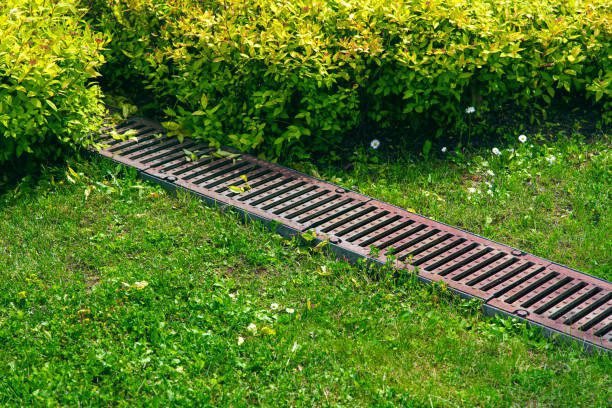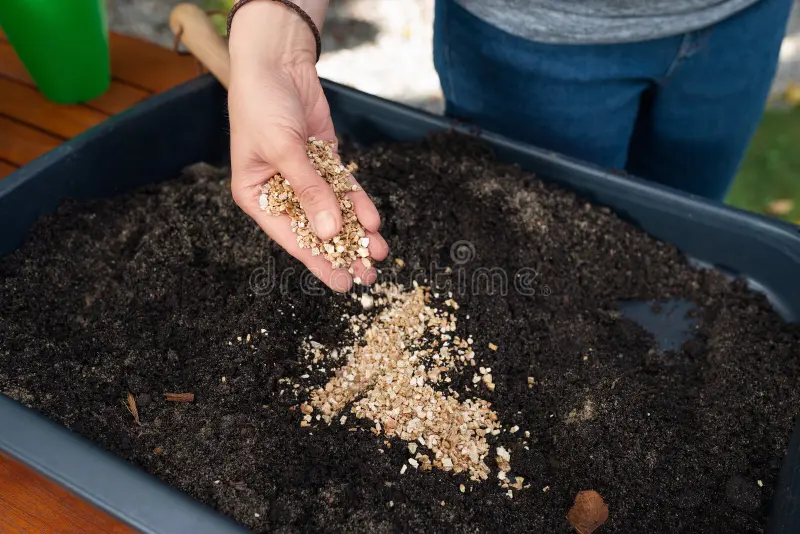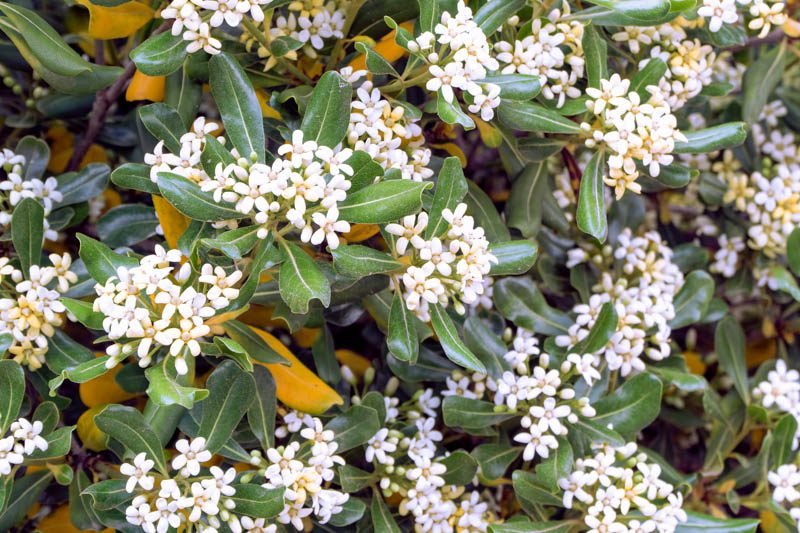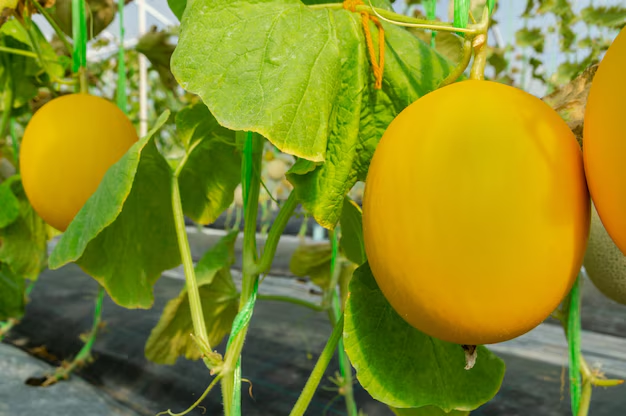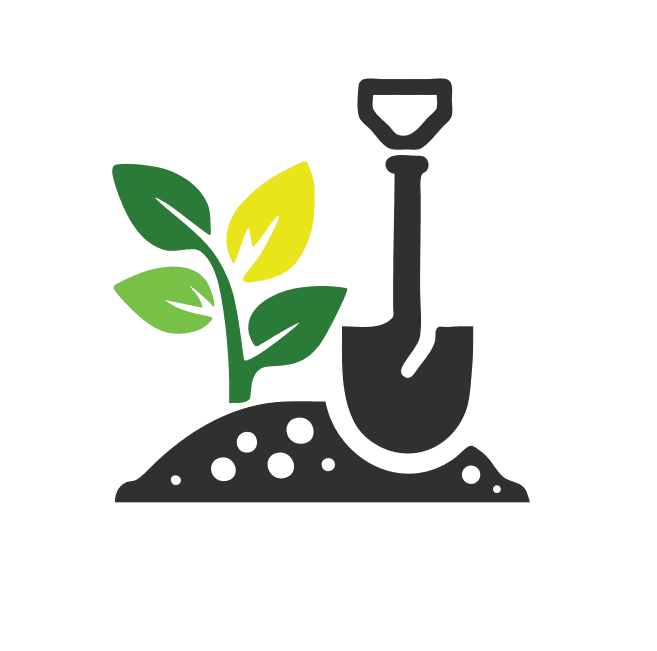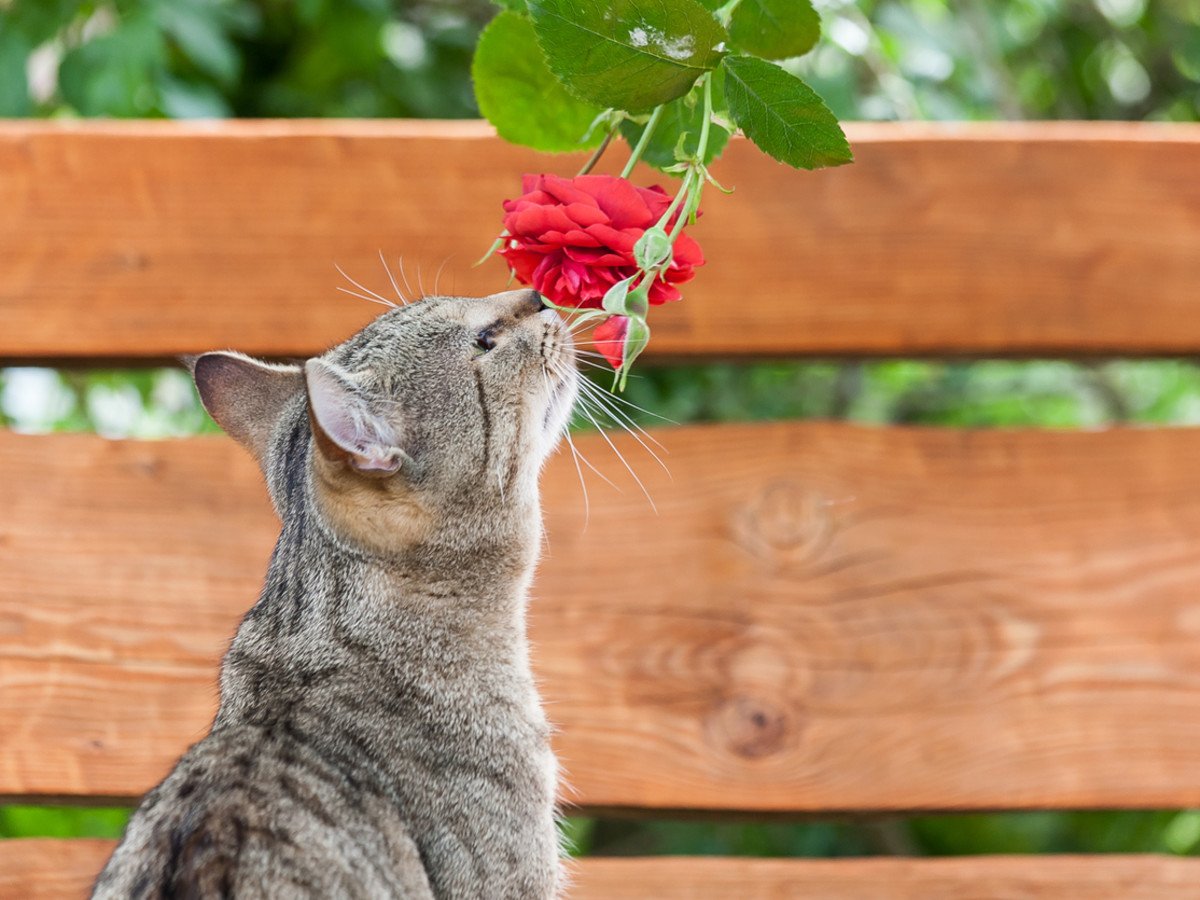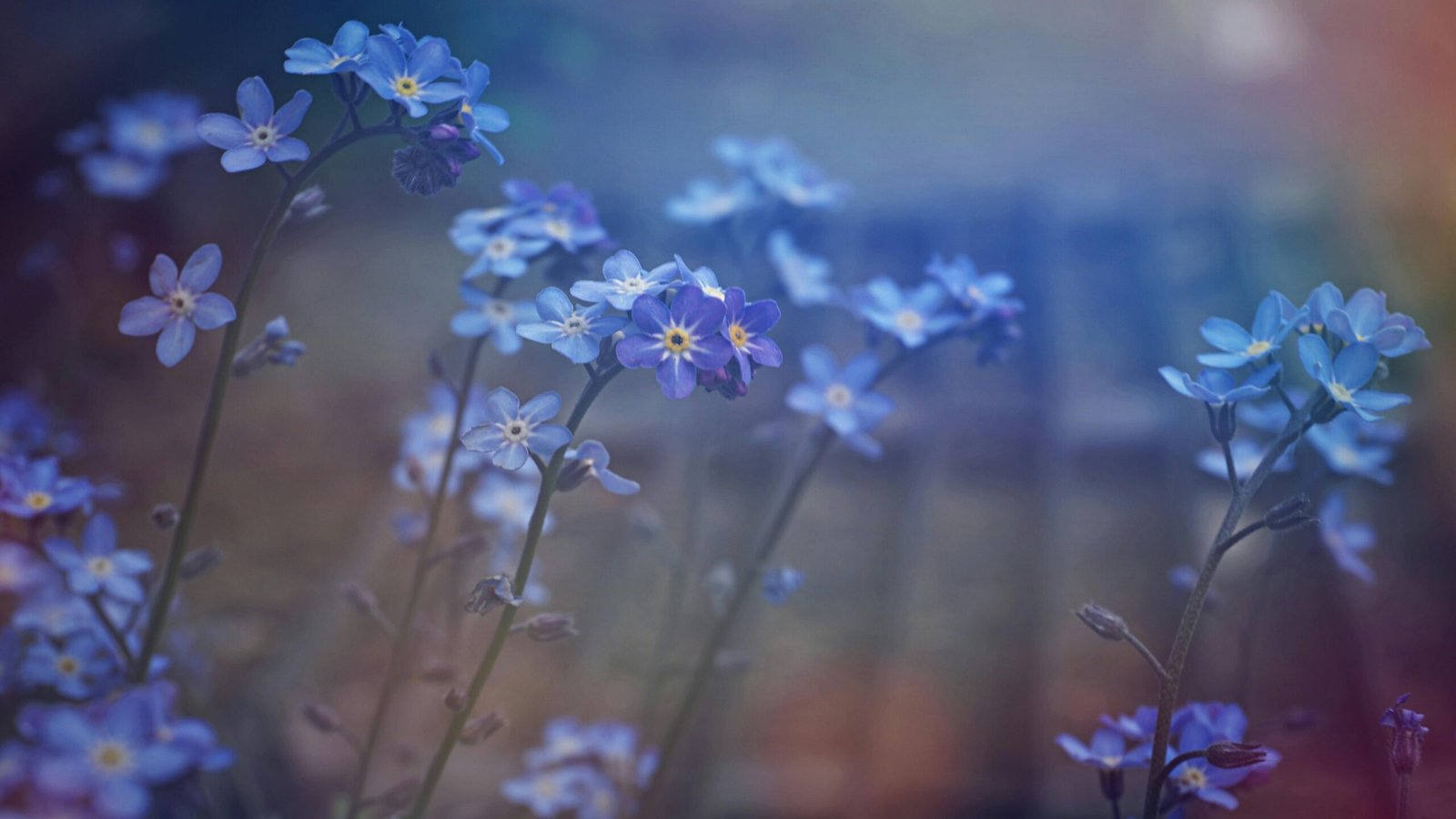How to Install a Drain in the Backyard: A Complete Guide for Garden Enthusiasts
Is water pooling in your backyard every time it rains? You are not alone. Thousands of homeowners across the U.S. face soggy lawns, flooded flower beds, and unusable garden space due to poor drainage. Installing a drain in the backyard isn’t just a smart move; it’s essential for protecting your plants, home foundation, and outdoor enjoyment. In this comprehensive we will walk you through everything you need to know to install a drain in your backyard. Choosing the right type of drainage system with the best tools and materials (with Amazon affiliate product links).
Why Backyard Drainage Matters
Whether you are growing tomatoes or tending to a blooming flower garden, excess water is the enemy. Poor drainage can lead to:
- Root rot in plants
- Mosquito breeding grounds
- Mold and mildew growth
- Erosion of topsoil
- Foundation damage
Types of Backyard Drains (And Which One You Need)
Before you pick up a shovel, you need to decide which type of drainage system suits your backyard.
1. French Drain – Best for Garden Beds and Lawns
A French drain is a gravel-filled trench with a perforated pipe that redirects water away from trouble spots.
Recommended Product:
Flex-Drain Perforated Pipe with Filter Sock – 25 ft

“Super easy to install. Solved my backyard flooding problem in a weekend.” – Verified Amazon Reviewer
2. Dry Well System – Ideal for Large Yards
Dry wells collect rainwater and allow it to slowly seep into the soil. They’re perfect for handling roof runoff or large volumes of water.
Recommended Product:
NDS Flo-Well Dry Well Kit

“Installed this under my downspout and haven’t had a puddle since.”
3. Catch Basin with Grate – Great Near Patios and Hardscapes
Catch basins collect surface water and connect to underground pipes. Ideal near patios, driveways, or walkways.
Recommended Product:
NDS Square Catch Basin Kit

Heavy rains used to flood my patio. This solved it completely!
Step-by-Step Guide: How to Install a Drain in Your Backyard
Tools & Materials You’ll Need
- Shovel or trenching spade
- Gravel (crushed stone works best)
- Landscape fabric
- Level
- Measuring tape
- Perforated pipe (like Flex-Drain)
- Drainage fittings (elbows, T-joints)
- Gloves and safety glasses
Pro Tip: Save time with this All-in-One French Drain Kit – includes everything you need!
Step 1: Identify the Problem Area
Walk through your yard after a rainstorm. Note any areas where water collects or where plants seem soggier than usual. Use a level or laser level to determine the natural slope of your yard for optimal water redirection.
Step 2: Plan Your Drain Path
Use marking paint or flags to map out your drain route. Choose a downhill path, ideally ending at a dry well, storm drain, or gravel pit.
Step 3: Dig the Trench
Dig a trench about 6 inches wide and 18-24 inches deep. The trench should slope downward at 1 inch for every 10 feet. Watch out for utility lines! Call 811 before digging.
Step 4: Add Landscape Fabric and Gravel
Line the trench with landscape fabric to prevent weeds, then add 2-3 inches of gravel.
Easy Gardener Landscape Fabric
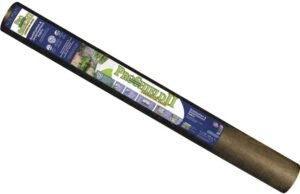
Step 5: Lay the Pipe
Place your perforated pipe with the holes facing down, then cover it with more gravel (about 4-6 inches).
Flex-Drain Perforated Drain Pipe
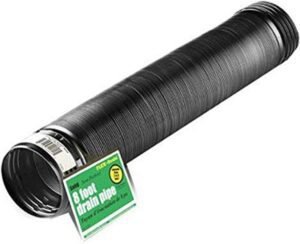
Step 6: Wrap and Cover
Wrap the landscape fabric over the top of the gravel to prevent dirt from clogging the pipe, then backfill with soil and cover with mulch, grass, or decorative stone.
Maintenance Tips: Keep Your Drain Running Smoothly
- Flush the pipe once a year with a garden hose
- Check grates and basins for debris after heavy rains
- Reapply gravel or mulch if erosion occurs
Best Plants for Wet Areas (That Work with Drainage)
If you have naturally wet spots even after installing a drain, consider planting species that love moist soil, such as:
- Swamp Milkweed
- Cardinal Flower
- Joe-Pye Weed
- Iris versicolor (Blue Flag Iris)
These plants not only thrive in damp soil, but they also attract pollinators and add beauty to your backyard.
Real Backyard Drainage Success Stories
From Flooded to Fabulous in Florida
Roger D., a backyard gardener in Tampa, struggled with constant puddles that killed his begonias every summer. After installing a French drain using the Flex-Drain system, his garden beds flourish year-round. I wish I had done this five years ago. No more waterlogged soil, and my garden looks amazing.
Drain It Right, Garden with Delight
A well-drained backyard is the foundation for healthy plants, a beautiful landscape, and a safer outdoor space. Whether you’re a DIY newbie or a seasoned green thumb, installing a backyard drain is a rewarding project that pays off for years.
Top Recommended Tools for the Job:
| Product | Link | Rating |
|---|---|---|
| Flex-Drain Perforated Pipe | Buy on Amazon | ⭐ 4.7 |
| NDS Flo-Well Dry Well Kit | Buy on Amazon | ⭐ 4.6 |
| Square Catch Basin Kit | Buy on Amazon | ⭐ 4.8 |
| Easy Gardener Landscape Fabric | Buy on Amazon | ⭐ 4.7 |
Ready to Reclaim Your Garden?
Don’t let water win. You can transform soggy spots into lush, thriving gardens with the right tools, a little elbow grease, and smart planning.
Tip: Bookmark this post and share it with fellow gardeners who might be battling backyard flooding!
Disclosure: This post contains affiliate links. If you purchase through them, we may earn a small commission at no extra cost. Thank you for supporting our garden-loving community!
Let me know if you’d like a downloadable checklist or a printable PDF for this post!
